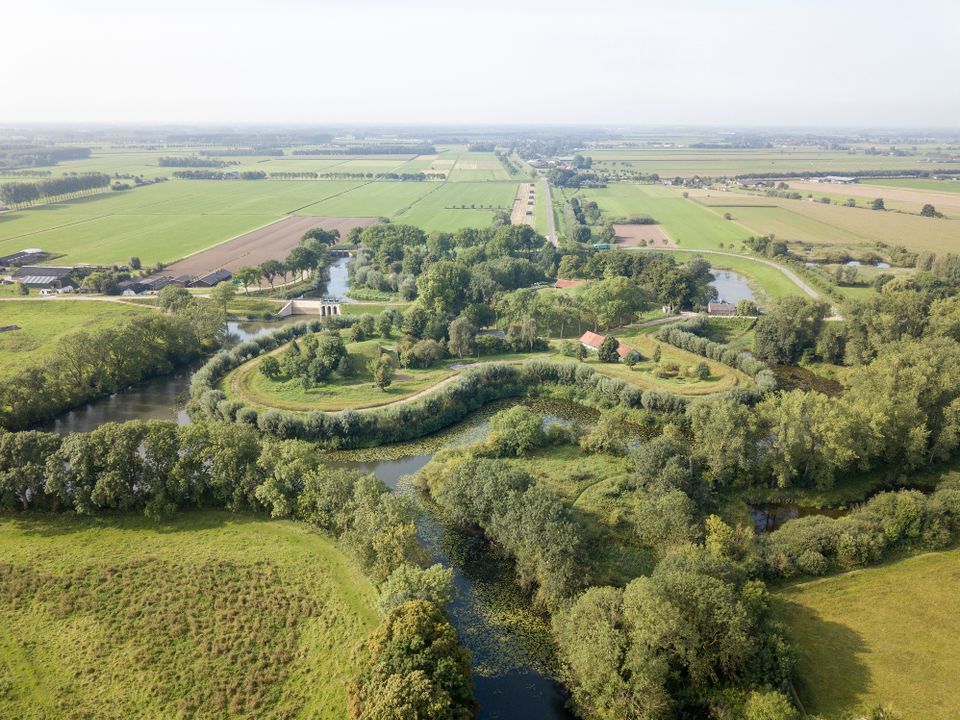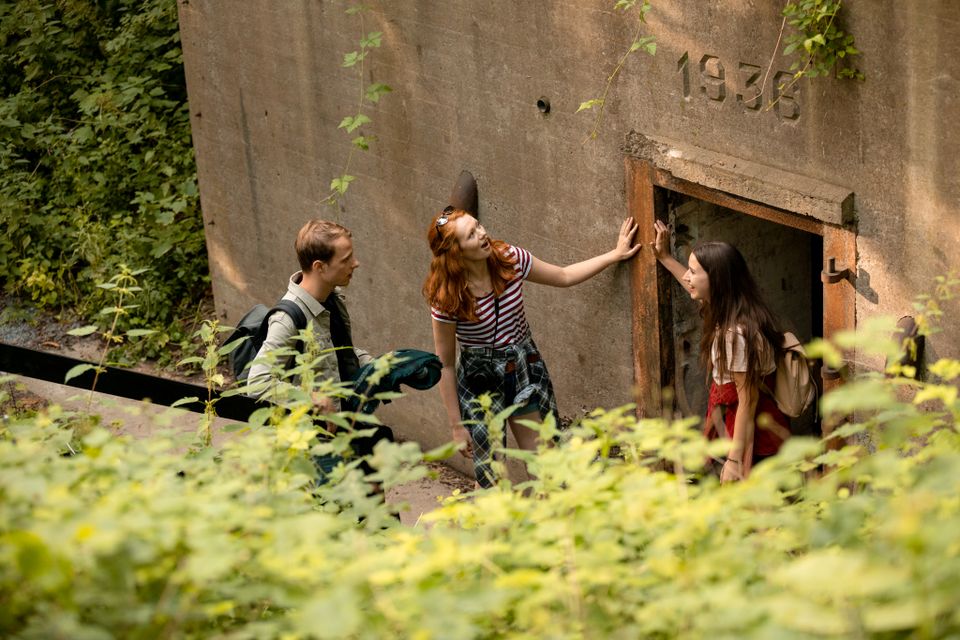There are many stories to tell about the Dutch Water Defence Lines. The rich history of the Defence Line of Amsterdam and the New Dutch Waterline is of interest to young and old alike. That is why it is important to keep telling the stories of the Dutch Water Defence Lines. Those stories are diverse. Because at every point along the 200-kilometre-long water lines, you come across something different. From different types of forts, locks, group shelters and dikes to rivers that sometimes made it harder or easier for the enemy.
The creation of the water lines
Construction of the New Dutch Waterline began in 1815. A replacement for the dated (Old) Dutch Waterline. With the main difference being that the city of Utrecht now falls within the line. A new phase of construction followed in 1880 with the construction of the Defence Line of Amsterdam. Should the enemy break through the first line, this defence line would serve as a last refuge. Such a last refuge is also called a National Redoubt.
Ever since the Middle Ages, the Dutch have turned the water to their advantage. Initially to make the swampy land suitable for agriculture and housing. But later, the water was also used as an ally: water control as a military defence strategy. The low polder landscape could be flooded to block the enemy's way.
Find out more about the origins
The operation of the water lines
The World Heritage Site the Dutch Water Defence Lines is unique in the world for its combination of landscape, water management and forts. Invisible forbidden circles and inundation plains lie in the landscape. Something that cannot be seen by an untrained eye, but which is the silent and empty force behind the operation of the line.
Water was used to stop the enemy. Through an ingenious system of locks, dikes and canals, wide swathes of land were flooded.
The forts complete the defences. These are located in places that could not be flooded but were important in closing the water lines. They also protected the water works. The military works show more than 300 years of historical development of military architecture in the field of fortification.
Read more about how it works
Unique and irreplaceable
UNESCO World Heritage Site the Dutch Water Defence Lines is unique and irreplaceable. Nowhere else in the world can such ingenious water defences be found. That is also why it is a UNESCO World Heritage Site.
The Dutch Water Defence Lines tell the unique story of Dutch military water management and fortification. Never before have the landscape and water been used on such a large scale and in such an ingenious way to keep the enemy at bay. They are proof of Dutch mastery of water management. So it is with ample justification that the World Heritage Site the Dutch Water Defence Lines shares the World Heritage Site list with, for example, the Great Wall of China and the Statue of Liberty. All unique in the world.
discover our UNESCO visitor centres
